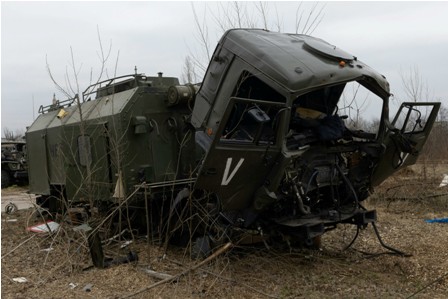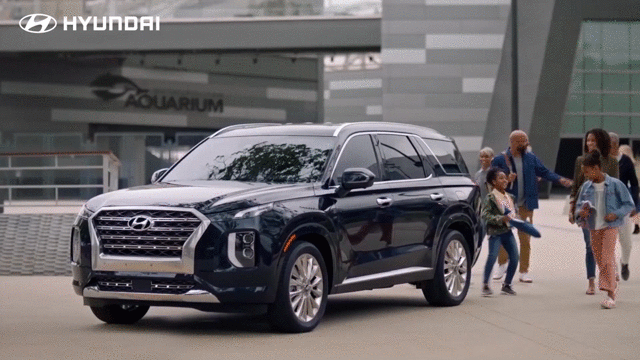EUGENE HERBERT
When a moving vehicle rolls over during an accident, the magnitude of consequences can be devastating for occupants. If it happens to a truck, tanker loaded with fuel, for instance, other vehicles, humans and properties within the vicinity can be engulfed in fire.
And talking about trucks or Sports Utility Vehicles, extra weight affects their stability. This combined with other factors makes these vehicles more susceptible to rollovers.
Minor errors often result in the destruction caused by a rollover. By enabling drivers to understand how simple adjustments to driving can help avoid a rollover, it empowers them to identify risky scenarios and make changes to driving to prevent a rollover.
Additionally, when drivers can feel and see how easily a rollover can happen without the cost and damages associated with this, it is a powerful way to demonstrate how little it takes for things to go wrong. Ultimately, reducing risk requires both a theoretical and practical understanding of rollovers.
Speeding
Speed that can cause a rollover is often failure to slow down in certain scenarios.
According to an international organisation, the Federal Motor Carrier Safety Administration (FMCSA), over 35% of rollovers are caused by a lack of speed adjustment. This includes cornering and taking sharp turns too fast, failure to adjust speed to load weight, and not slowing down in time for road conditions.
Speed is one of the main culprits of rollovers because it can cause the gravitational force to pull weight away from the centre of gravity. It is uneven distribution of weight across the centre of gravity that can have the most significant impact on a truck’s stability and consequently its risk of rollover.
Inattentive driving
This occurs in multiple ways. “Most commonly, it is losing focus on the road ahead minimising the time needed to react to potential obstacles. It can be distracted or drowsy driving as well.
Quick and jerky manoeuvres to account for inattentiveness can significantly increase risk. As in the case of speed induced rollovers, sudden shifts to the centre of gravity, particularly at full loads, increases the instability making a rollover highly likely.
Driver error
This is one of the most common causes of rollovers. “Inadequate training and lack of experience when encountering road hazards or bad weather limit a driver’s ability to correctly handle these challenges within the limitations of a truck.
Errors such as the driver not understanding the nature of the load, having inadequate following distance and lack of awareness, can all have detrimental results. The risk this presents underscores the importance of stringent hiring policies and ongoing monitoring to implement corrective action.
The importance of both theoretical and practical training is emphasised by these common rollover causes.
MasterDrive’s Rollover Prevention training provides this practical aspect of how easily a rollover occurs. Specialised outriggers prevent a complete rollover but allow drivers to realise that once a rollover is felt, it is too late to react.
While there are fewer truck crashes, the consequences of these are of a much greater magnitude. This makes the importance of taking all measures to reduce one’s risk essential.
Eugene Herbert is the CEO of MasterDrive based in South Africa





